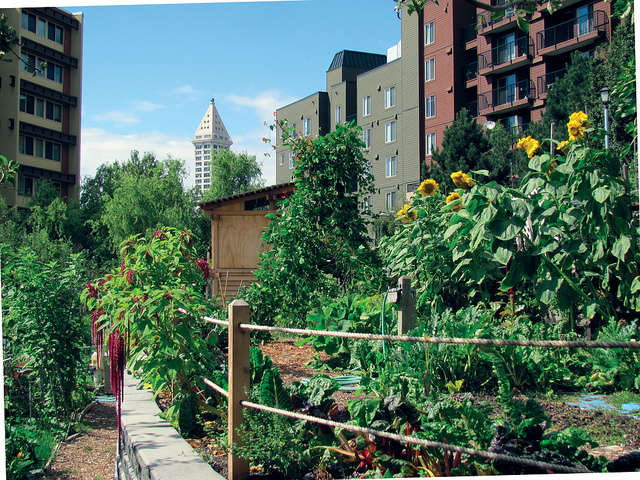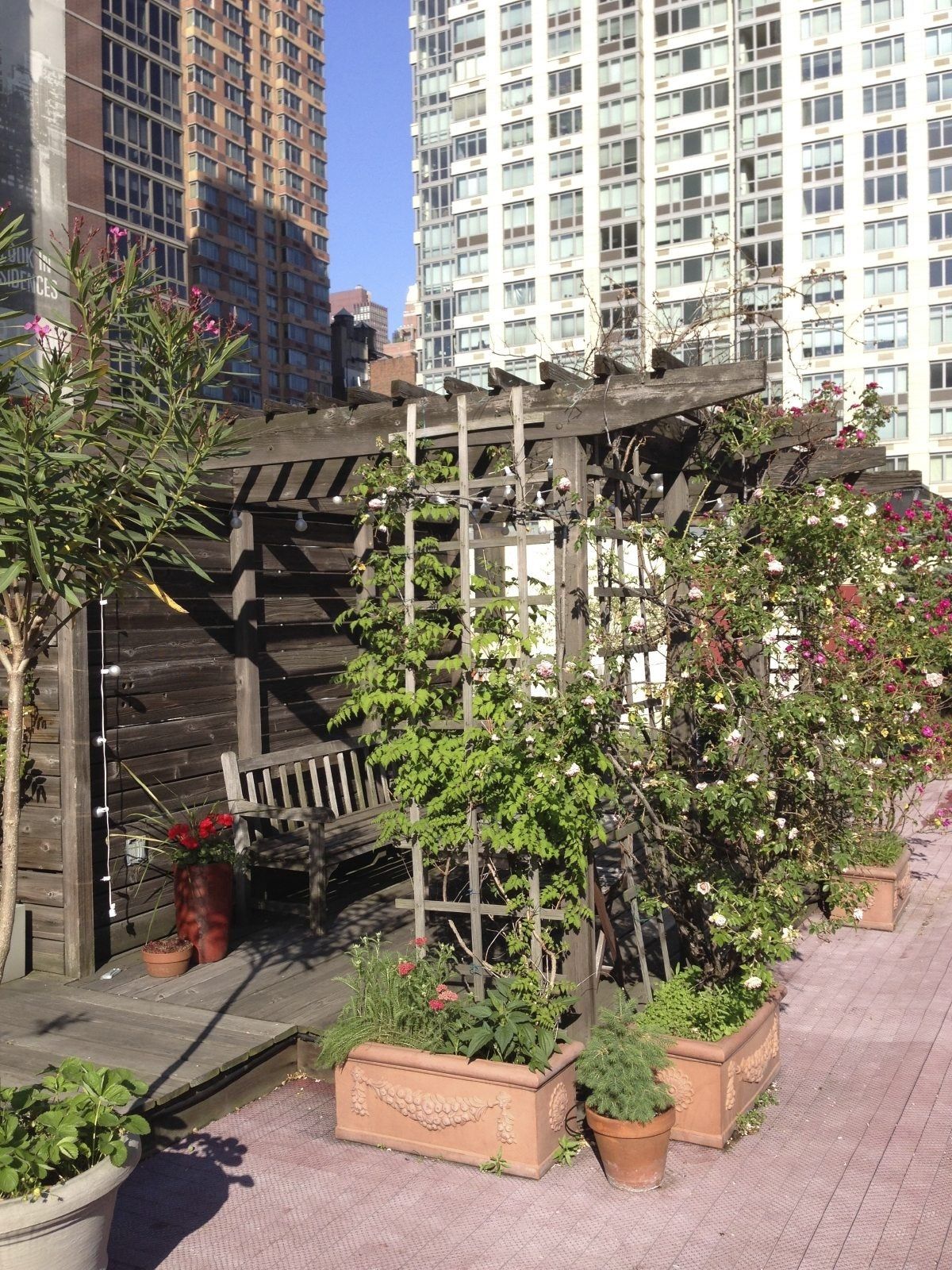Little Known Questions About City Blooming.
Fascination About City Blooming
Table of ContentsSome Known Questions About City Blooming.How City Blooming can Save You Time, Stress, and Money.Getting My City Blooming To WorkTop Guidelines Of City BloomingThe Best Guide To City Blooming
Fascinated in expanding food for sale in the City of Chicago? Below is a list of regularly asked inquiries relating to the rules and regulations that growers must consider when intending an urban agriculture job.
The zoning amendment does not change any type of various other codes handling composting, structure licenses, acquiring or renting City owned residential property, organization licenses or ecological contamination. There are existing codes that regulate these issues and they remain completely impact and may apply to your project. Neighborhood gardens are commonly owned or handled by public entities, public organizations or community-based organizations and preserved by volunteers.
Urban ranches expand food that is planned to be sold, either on a nonprofit or for-profit basis. Due to their industrial purpose, city ranches require a company permit.
Facts About City Blooming Uncovered
Composting is enabled however only for plant material that is generated and made use of on website. The quantity of compost product can not go beyond 25 cubic backyards at any kind of provided time according to the standards in 7-28-715 of the City's Municipal Code. Yes. Because the dirt at most new yard sites requires changing, garden compost, dirt, wood chips, or other products can be acquired to create or enhance the expanding area - garden care.

If a building license is called for then the hoophouse will certainly be considered an accessory structure. You can discover more concerning the building license requirements by speaking to the Department of Structures. The 25,000-square-foot size limitation is intended to stop a single community garden from controling a given block or interfering with the block's existing residential or commercial personality.
The limitation does not apply to gardens found in Public Open Room (POS) districts. Can there be greater than one community garden that is 25,000 square feet on a solitary block? Yes. The dimension limit applies to specific gardens, not to individual blocks. No. Secure fencing is not needed, nevertheless, gardens that have large parking lot might be required to set up fencing or various other landscaping features.
An Unbiased View of City Blooming
B1 & B2 districts require that all commercial use tasks be conducted indoors. Is secure fencing required for city farms? Fences might be called for, along with landscaping and screening, for specific auto parking locations and outside job or storage locations depending on location and the details activity taking location.
Urban farms call for structure permits and zoning approvals prior to building and construction (sustainable gardening). Other forms of city testimonial might be called for depending on specific frameworks, activities, size, landscaping, licensing, more tips here public heath and stormwater management concerns.
The Division of Organization Matters and Customer Protection can help identify the certain type of organization permit that's called for. Off street car parking is needed for the majority of industrial tasks in Chicago. The called for number of car park areas is based on the number of staff members working on website and not the square video footage of the expanding space.
City Blooming - Truths

Yes. A metropolitan ranch can offer compost product created on website, however, the operation needs to follow the policies in 7-28-715 of the Chicago Municipal Code. Yes. Aquaponic systems are enabled inside on metropolitan ranches in several zoning districts. A zoning review and building authorization is needed in order to mount structures or systems and a company permit is called for as defined above.
As much as five hives or swarms of honey might be maintained as an accessory usage. Beekeepers have to sign up with the Illinois Department of Farming. To learn more concerning the proposed zoning amendment you might speak to the Division of Housing and Economic Growth, Bureau of Planning and Zoning at 312.744.8563.
Farming in cities and metropolitan locations An urban farm in Chicago. Urban agriculture refers to various methods of cultivating. https://www.edocr.com/v/rklelljq/danielnold94107/city-blooming, handling, and dispersing food in urban areas. The term additionally uses to the area tasks of pet husbandry, aquaculture, beekeeping, and gardening in an urban context. Urban farming is identified from peri-urban agriculture, which takes location in country areas beside suburban areas.
Indicators on City Blooming You Should Know
, who look for to create social networks established on a common values of nature and community holism. These networks can establish by means of formal institutional assistance, becoming incorporated right into regional community preparation as a "shift town" movement for sustainable urban growth.
The more direct accessibility to fresh veggie, fruit, and meat products that might be understood through urban agriculture can improve food safety and food security while reducing food miles, resulting in lower greenhouse gas discharges, therefore adding to climate change reduction. A few of the very first evidence of urban farming comes from Mesopotamia.